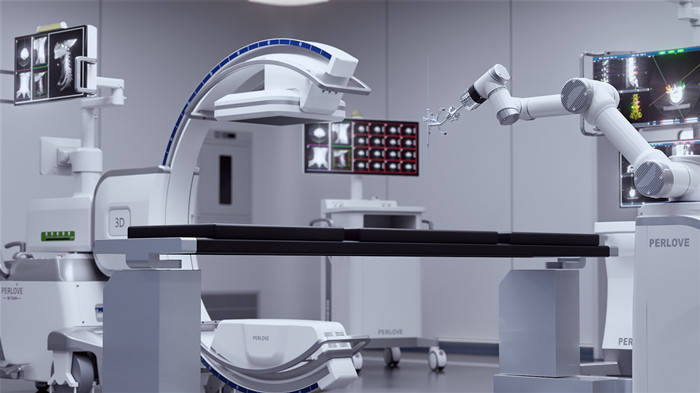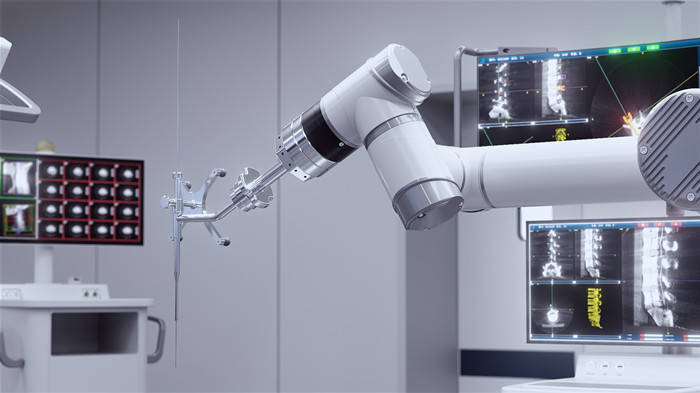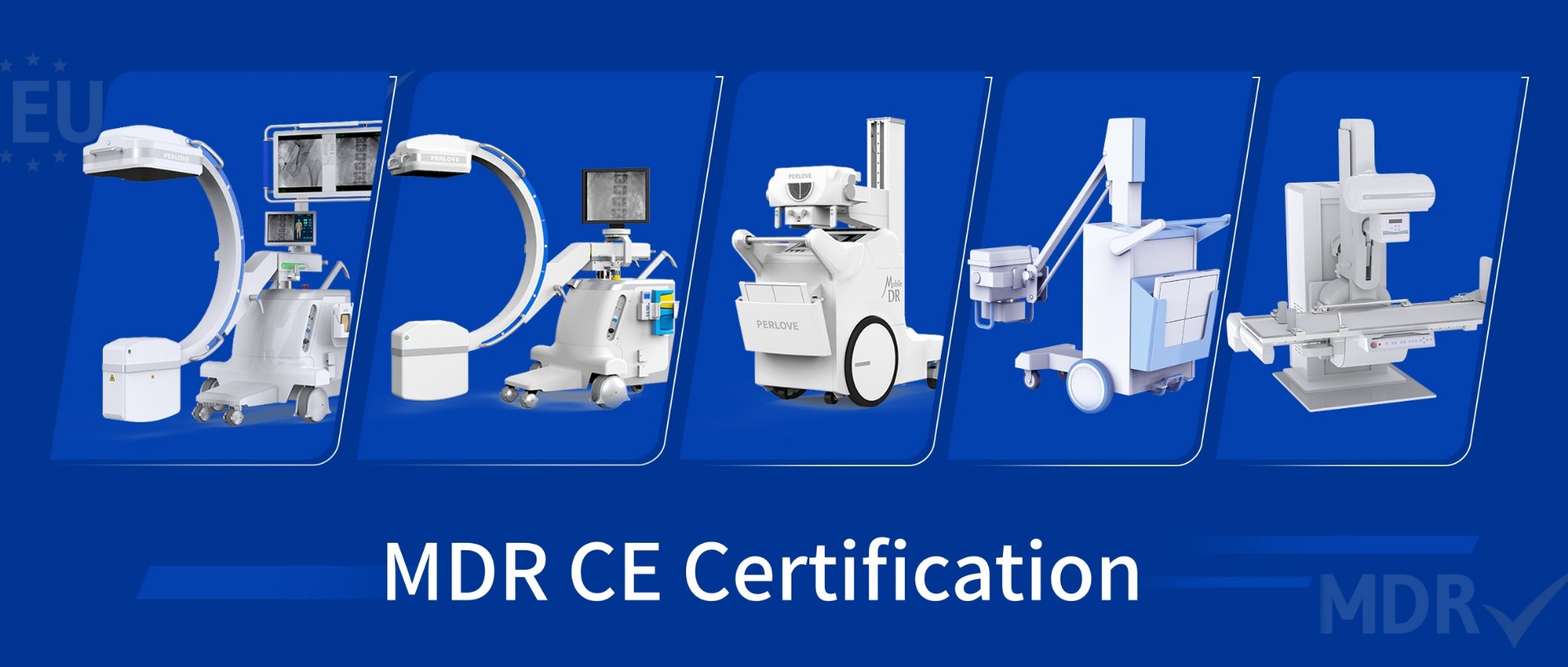In recent years, with the rapid development of medical technology level, robotic surgery as an emerging surgical modality is frequently used in many surgical fields. So, what are the benefits of robotic surgery for patients?
First, it needs to be clear that robotic surgery.
The robot is doing auxiliary operation in the operation. Preoperatively, based on the 3D C-arm and other imaging scans to get the 3D data of the skeletal structure, the robotic surgery system uses the surgical planning software to guide the surgeon to make visual pre-surgical planning (nail path planning, nail entry angle), select the appropriate screw specifications and sizes, assist in the evaluation and timely adjustment of the surgical path planning design, and the whole operation is carried out under the control of the main surgeon The entire operation is performed under the control of the surgeon. The robotic surgery system is not only reliable, but also enhances the safety of the surgery, the accuracy of the robotic arm and the protection technology such as force sensing identification and real-time dynamic tracking, which increases the accuracy and safety of the surgery.

Surgical Robot + 3D C-shaped arm
Taking the Perlove Medical Surgical Robot as an example, the surgical robot can ensure sub-millimeter precision, such as in percutaneous vertebroplasty (PVP). During the robotic surgery, with the 3D C-shaped arm spatial scan to collect image data information for injured spine identification, the doctor designs a route on the screen of the robotic surgical navigation system to determine the puncture location, angle, depth and other information to develop a suitable personalized surgical plan for the patient himself.
The robotic arm of the robot accurately positions the surgical tool to the surgical position, installs the robotic guide, makes an incision of about 0.5 cm along the guide, drills the guide needle through the pedicle to the posterior wall of the vertebral body, places the blunt-ended separator through the guide needle, inserts the working cannula, removes the guide needle, slowly injects the bone cement through the bone cement injector, and removes the bone filling device after the bone cement sets, and a vertebroplasty surgery is completed. The procedure is more accurate and efficient.
Compared to the traditional positioning process, the preoperative planning can only be kept in the doctor's mind, the preoperative and intraoperative processes cannot be well connected, the intraoperative puncture relies on the doctor's rich experience, and for patients with complex conditions, repeated trials are required intraoperatively, resulting in longer operation time and increased radiation exposure to the patient.
For experienced doctors, they are deservedly "old drivers" who can reach their destination without a map, but with the support of the robotic surgery system, the whole procedure will undoubtedly become easier and the success rate of the surgery will be better guaranteed. For young doctors, the navigation system will be even more helpful by eliminating the need to find their way and ask for directions.
The outstanding features of robotic surgery are accuracy and intelligence. For some elderly people who are still suffering from underlying diseases at an advanced age, the robotic-assisted surgical solution for vertebroplasty has a series of advantages such as small surgical incision, less bleeding, rapid pain relief, optimized surgical steps, shortened recovery time, adequate reset, prevention of bone cement leakage occurrence, and postoperative infection prevention.

Surgical Robot
In addition, robotic surgery results in less radiation exposure to the doctor and patient.
Conventional surgeons must resort to extensive intraoperative fluoroscopy in order to determine the location of implants to ensure accurate placement. The use of a surgical robot typically requires only three preoperative, intraoperative and postoperative fluoroscopies, effectively reducing radiation damage to the doctor and patient.
The robotic surgical system also filters out the physiological vibrations of the human hand, enhancing the stability of the operation. In other words, the surgical robot can automatically recognize the small involuntary movements of the human hand, ensuring the delicacy and safety of surgery and achieving the goal of "beyond the human hand".
-
Another International Milestone! Multiple Perlove Medical Devices Achieve MDR CE Certification
Read More » -
Discover Innovation at Medic East Africa 2025 in Nairobi, Kenya!
Read More » -
JFR 2025 in Paris Concludes Successfully – Perlove Medical Highlights
Read More » -
Orthopedic Robotic-assisted MIS-TLIF surgery
Read More » -
Discover Innovation at JFR 2025 in Paris, France!
Read More » -
【Respiratory Interventions, 3D Imaging Guidance】3D C-Arm Assists in Minimally Invasive Diagnosis and Treatment of Pulmonary Nodules Under Robotic Navigation
Read More »





